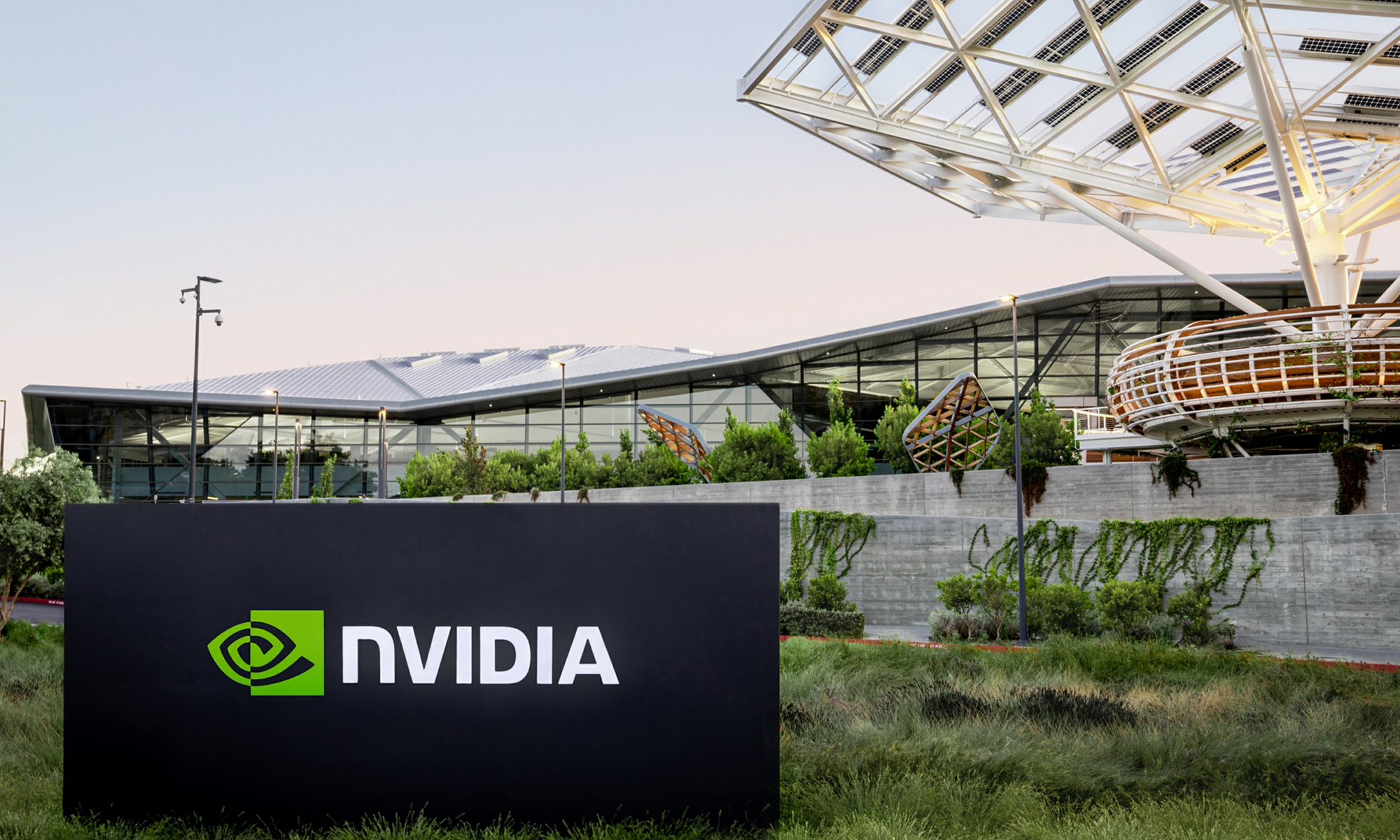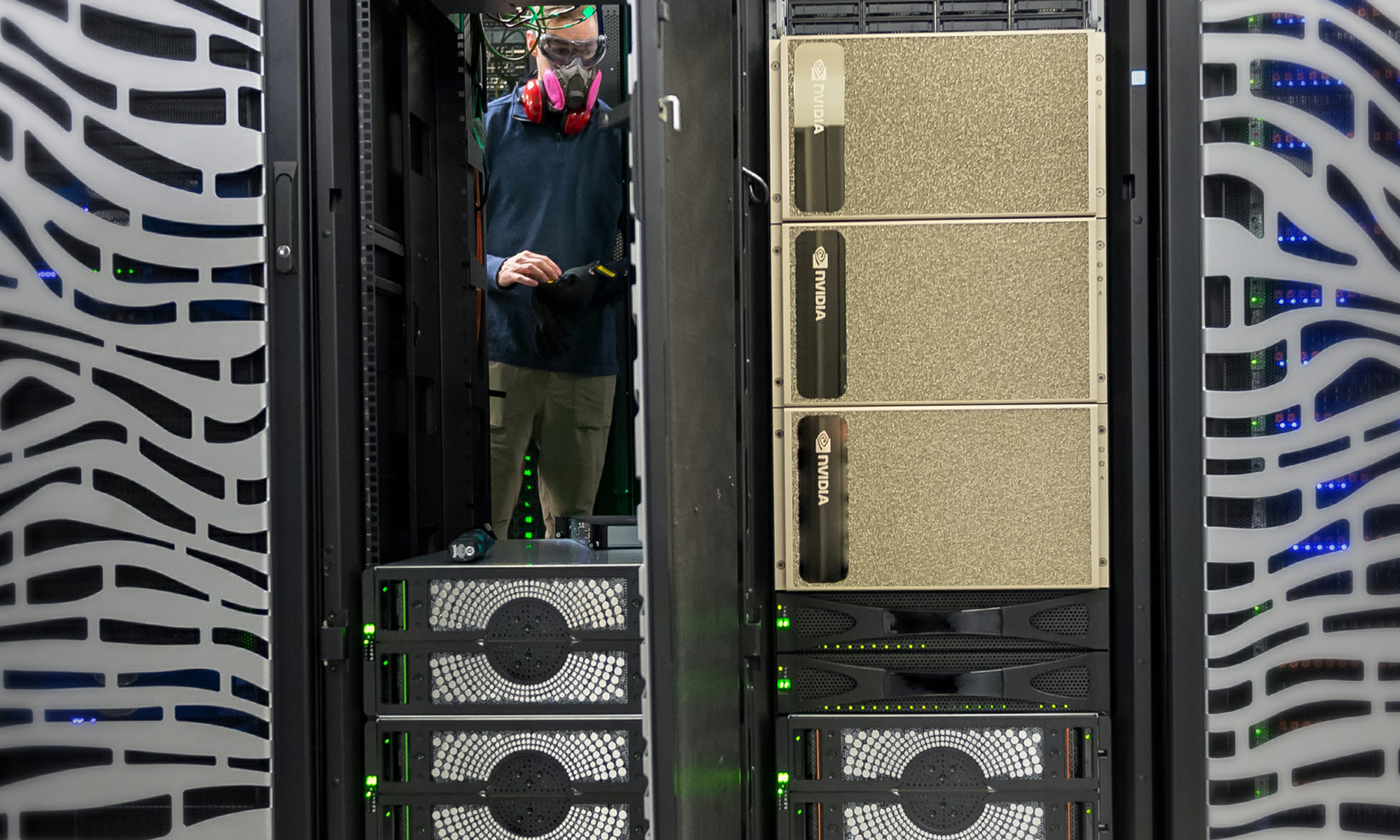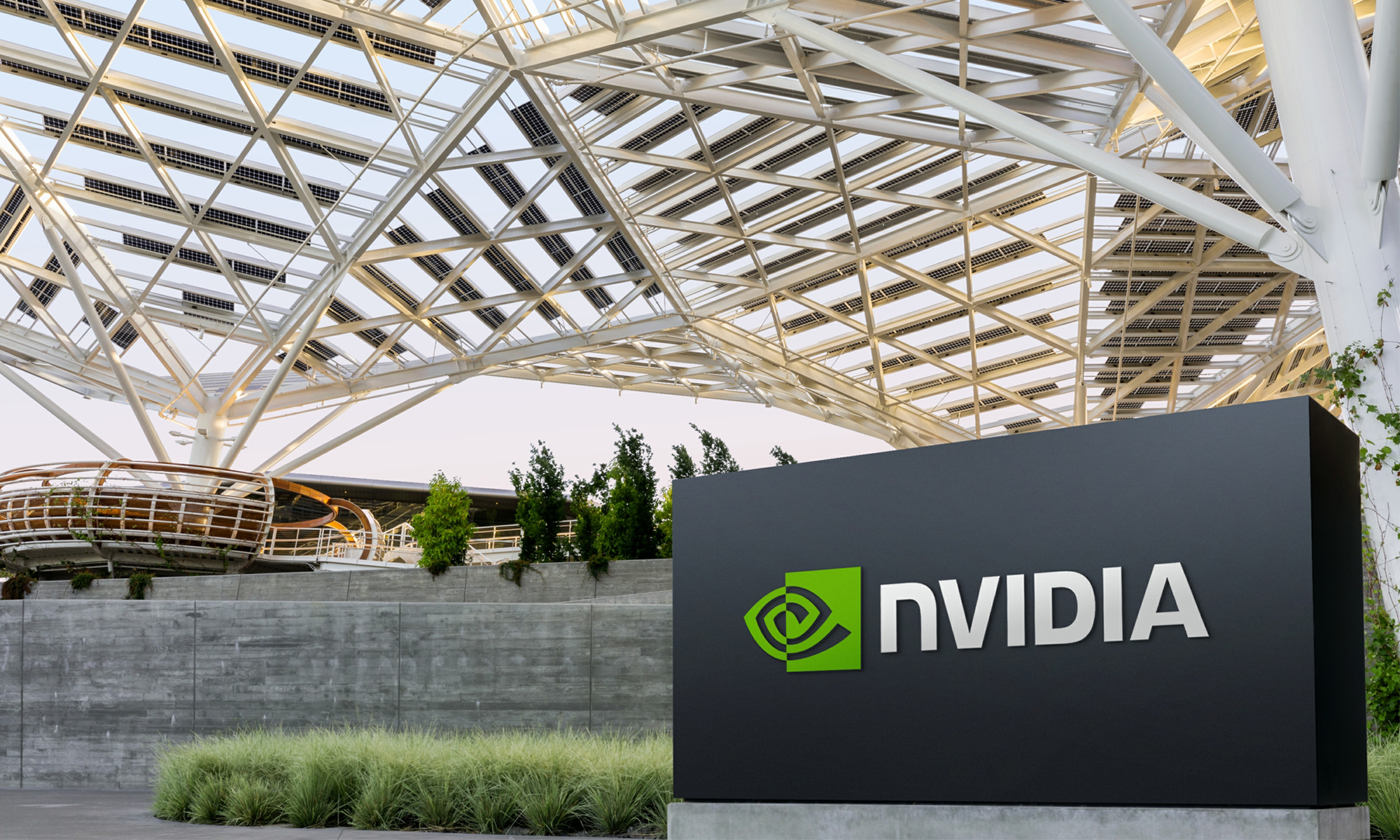Artificial intelligence (AI) is shaping up to be one of the most transformational technologies that the world has ever seen. Consider that AI could add nearly $15.7 trillion to the global GDP between now and 2030, the tech is slowly allowing driverless cars to become a reality, it's already being used to help diagnose diseases, and the Chinese government is looking into how it can use AI to help make diplomatic decisions.
In short, AI is going to be worth a tremendous amount of money, and it's already being put to practical use. If you're interested at all in how AI is transforming the technology, services, politics, and everything else around us, you might want to consider how NVIDIA Corporation (NVDA +0.99%) is using its hardware in the AI market -- and how the company stands to benefit in the coming years.

Image source: Getty Images.
What NVIDIA is doing with its hardware in the AI server space
NVIDIA makes the bulk of its revenue selling graphics processing units (GPUs) for the gaming market. These chips allow high-end computers to process images and render video. But NVIDIA's GPUs have proved to be superior chips for processing AI data as well.
The company's GPUs, along with its platforms and software, help power some of the most advanced AI data centers. Amazon.com, Facebook, Alphabet's Google, Microsoft, and more than 1,200 other companies use NVIDIA's AI inference platforms and hardware.
Google noted recently at its Cloud Next conference that it was using one of NVIDIA's latest AI inference chips, the Tesla P4, for some of its AI data centers. Google has been using NVIDIA's hardware for a while, and its continued use -- even as the company builds some of its own AI chips -- shows just how critical NVIDIA's tech is to the AI industry.
While this market is still relatively young for NVIDIA, there's evidence that it's growing quickly. The company said on its quarterly conference call back in May that shipments of its inference GPUs to cloud service providers (think Amazon, Microsoft, and Google) more than doubled sequentially.
The company is so confident that AI will continue to drive the data center market that it updated its forecast for its total addressable data center market from $30 billion by 2020 to $50 billion by 2023.
What NVIDIA is doing with AI in the driverless car market
Of course, NVIDIA has more opportunities in AI than just data centers. The company also has a huge chance to use its hardware and software to advance the AI-powered driverless car market.
NVIDIA is already on the third version of its self-driving car supercomputer, called Drive PX Pegasus, and the company says that the latest version will help automakers and tech companies create Level 5 autonomous vehicles in the next couple of years.
While the self-driving vehicle market is still in its infancy, it's poised to grow quickly in the coming years. For example, IHS Markit estimates that 33 million autonomous vehicles will be sold worldwide in 2040, up from the forecast of 51,000 autonomous vehicles expected to be sold in 2021.
Already 370 companies and researchers are using NVIDIA's driverless car platform. The company believes the autonomous vehicle market will become a $10 trillion industry and that its total addressable market will be $60 billion by 2035.
Investors should know that while autonomous vehicle tech could become a significant source of revenue for NVIDIA in the coming years, the company doesn't make all that much from it right now. NVIDIA's automotive segment accounted for just 4.5% of the company's top line in the most recent quarter.
But autonomous vehicles are indeed on their way, and there's virtually no stopping their progress. Alphabet's Waymo will launch one of the first self-driving ride-hailing services to the public later this year (after extensive testing with the public in Arizona), and General Motors has its own plans for driverless car services in the coming years. The focus on using AI to power driverless cars will only continue to grow as more of these vehicles hit the streets, and that could help NVIDIA reach its total addressable market goals.
The big picture
Long-term investors should remember that AI and AI-driven markets like driverless cars are only just getting started. NVIDIA is building some of the most advanced GPUs on the market, and major players currently rely on NVIDIA's tech to fuel their own AI growth. There's nothing set in stone that says NVIDIA's tech will continue to dominate as it does now, but the company is certainly on a trajectory to see much more revenue growth from AI data centers and driverless cars in the coming years if it continues to churn out the superior tech it's making right now.






